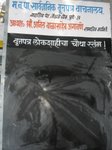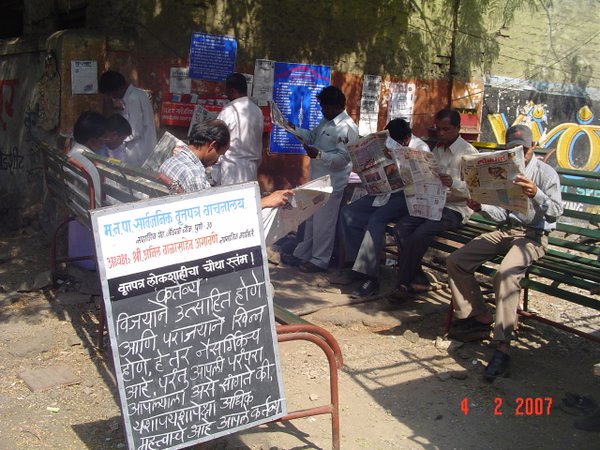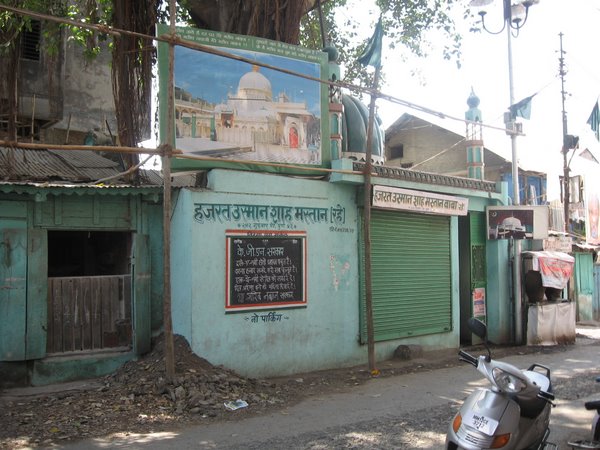
Vartaphalaks declare their identity to the outside world through a range of visual symbols or markers. In case of vartaphalaks of political parties these symbols are naturally overt, and hence easy to mark. The spaces around other vartaphalaks, however, also articulate their identity equally clearly. The variety of markers used here is much more interesting: colours that dominate the space, photographs of their respective leaders, important quotes, cultural artifacts like flags and sometimes even the structure where the vartaphalak is located (like next to a temple or a durgah).
It is fascinating how these symbols are instantly recognizable to all of us. We know precisely what a saffron flag or the invocation ‘Jai Bhim’ signifies. Associations with words like Shraddha and Saburi or the symbol of chaand-sitara (crecent moon and star) need not be explained to us. As a society, we have collectively made these associations and the spaces around vartaphalaks reflect these collective symbols in a creative manner.





No comments:
Post a Comment